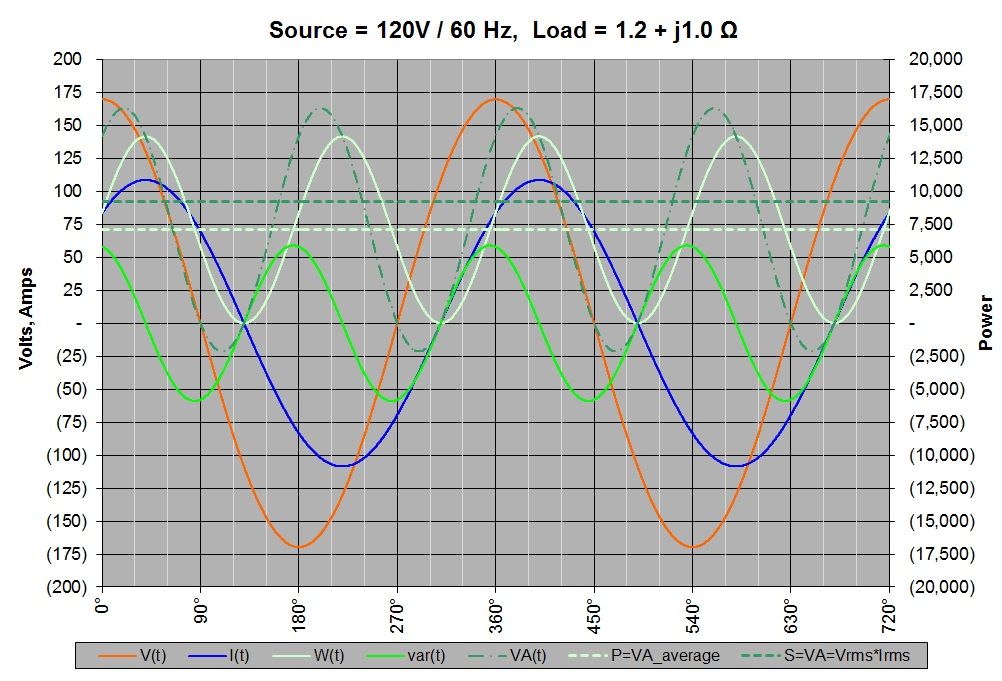kwired
Electron manager
- Location
- NE Nebraska
- Occupation
- EC
kwired: I don't see kVAr or 'time' associated with it, so don't really know what you're trying to say. Sahib has claimed kVA as quantity, which it is not. The bill he has presented does not identify the what is being billed, just identified as units. Lets presume that to be kWhr's. Line 1 through 6 and then it summarizes it in line 7 as Total energy charges. Lines 1-5 uses the word 'consumption'. Then in line 8 it indicates demand charges for kVA and in line 8 summarizes Demand and Energy charges, clearly indicating that Demand itself is SEPARATE form Energy.
As I explained earlier Utility Companies use demand charges as a transmission/conversion eqipment surcharge, because they have to size their equipment to deliver kVA and not kW. They measure the highest monthly averaged peak (demand) to determine what this particular customer's power need required for that month and apply the demand charge accordingly.
I should have looked at the bill again before posting, you are correct, there is no power factor charge on that bill.


